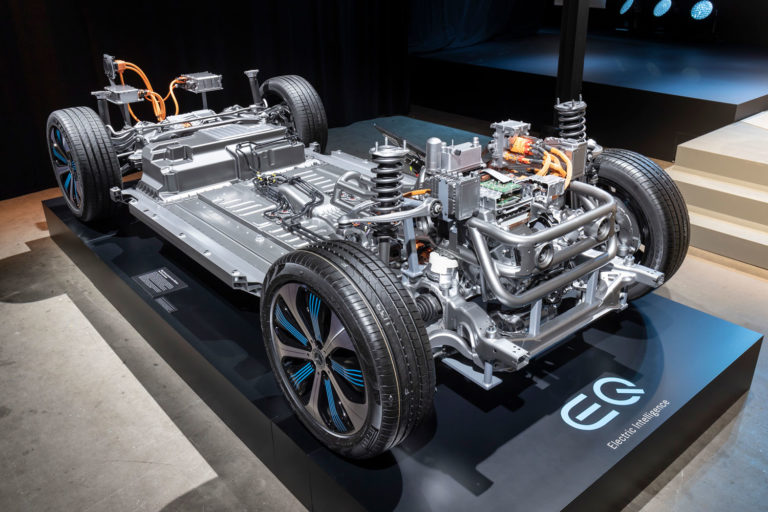The thing that interests me is that Tesla started working on EV drive trains long after other big manufacturers had invested large sums on them, and had brought products to market, yet still managed to quickly bring cars to market.
As far as motors go, Tesla managed to do something that other manufactures had steered away from, on the basis that the manufacturing process was too difficult, when they came up with the synchronous reluctance motor in the Model 3 and newer Model S and X (earlier cars used fairly generic induction motors, as do some other EVs).
In some ways, the synchronous reluctance motor has some of the manufacturing challenges of a Halbach array PM motor, in that it carefully controls and concentrates the magnetic field, making it more efficient, and more readily controlled to some degree. I built a Halbach array PM motor around 15 years ago, and it was a hellishly difficult thing to assemble, and the magnet array in that has some similarities with the arrays used in the present Tesla SRM. I remember that it took me around a week to get all the neodymium magnets bonded in, because the arrangement is such that they are all trying to push themselves away from where you want them to be, not something that's easy to do in mass production. Back when CSIRO came up with the ~98.4% efficient Halbach array PM motor back in 1997, overcoming the challenges in manufacturing the things was the key reason their design never really became a major commercial success. The motor I built in 2005 was pretty much a direct copy of that CSIRO motor.
One issue manufacturers have is that there is a lot of intellectual property surrounding EV technology, and by the time Tesla came into existence a lot of the basic stuff needed was already under patent protection. I suspect that this may have been the thing that triggered Tesla to adopt their approach to patents and access to technology. Some of what Tesla have done has been significantly better, just because they chose not to go and buy someone else's products, but this hasn't always been the case. For example, the early Teslas didn't really have anything ground breaking as far as the drive train was concerned. They used off-the-shelf batteries, pretty much off-the-shelf induction motor technology and standard variable frequency drive technology. Their initial advantage came mainly because they went with a clean sheet of paper design for the Model S, and that allowed them to really think outside the box in terms of component packaging.
This was way different to every other car manufacturer, as they always work by making incremental changes to existing known configurations. Although most EVs now use the skateboard layout, it was Tesla that came up with it, together with using thousands of small cells, all interconnected with fuse wires, and with a clever liquid cooling system. They didn't so much invent stuff, as both take advantage of the properties of existing products and then apply some really innovative thinking in the way they packaged them in their design. Where other manufacturers went for the largest prismatic cells available, and then found that both compressing the cells and cooling them (both essential) was challenging, Tesla saw that cylindrical laptop cells were compressed by design and had a large surface area to volume ratio, making them easier to cool/heat.
The big question is whether Tesla's disruptive approach will cause other manufacturers to tear up their long standing incremental design process or not. There were signs that BMW were doing this with the i3 and i8, but it seems they've now reversed that decision with the iX series. Many EVs around are big compromises, using existing ICE vehicle platforms, with EV components shoe horned in, something that's never likely to work well.



